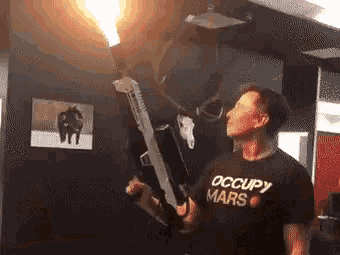
TL;DR
-
During his latest appearance on the Joe Rogan Experience, Elon Musk discussed how most NFTs don’t actually contain images, but instead, links to images.
-
…and the Bitcoin community had a field day with it!
-
Why? Because Bitcoin NFTs (aka ‘Ordinals’) don’t link out to images, but in fact store the full image file on the Bitcoin blockchain – making it more permanent than most other options.
Full Story
In life, we’re destined to experience a wide range of “Oh, I didn’t know that” moments – for example:
-
Natalie Imbruglia’s ‘Torn,’ is actually a cover.
-
If you were to fold a piece of paper 50 times, it’d reach a third of the way to the Sun (that’s the power of compounding, baaaby!).
-
And most NFTs don’t actually contain images, but instead, links to images.
That last one was just put on blast to the wider world by Elon Musk, during his latest appearance on the Joe Rogan Experience.
…and the Bitcoin community had a field day with it!
Why? Because Bitcoin NFTs (aka ‘Ordinals’) don’t link out to images, but in fact store the full image file on the Bitcoin blockchain – making it more permanent than most other options.
Think of it like storing a file on your laptop’s hard drive vs. storing it on Google Drive.
You have ultimate control over what happens to the image file when it’s on your hard drive – where as if Google were to crash/lose a bunch of user data/go out of business, your image file (and its link) would be at risk.
…ok. Permanent/semi-permanent – who really cares?
(Almost) no one.
Digital permanence isn’t really something we need to worry about in our day-to-day lives…
Buuuuut:
If you’re dropping millions of dollars on a piece of digital art, you’re going to want to have some assurances that it’s going to stand the test of time.
On-chain image hosting (which is available across multiple blockchains, but guaranteed on Bitcoin) helps assure buyers of an NFT’s permanence.
Alright, now you know!



